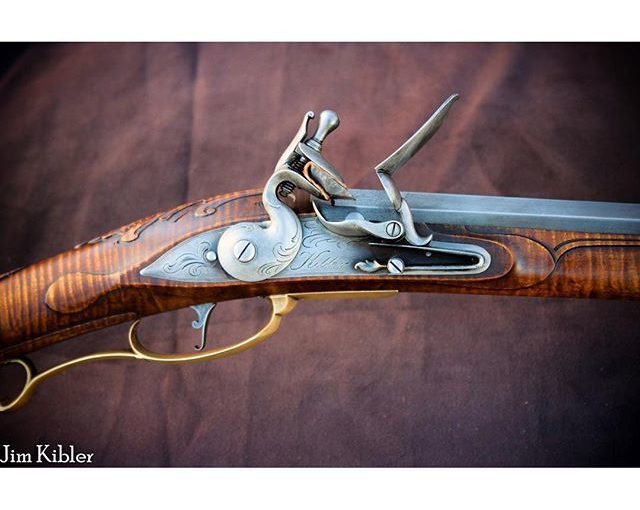Evolution of the Actions of Major Firearms
The first firearms were created nearly a thousand years ago as they came into existence around the 13th century and were quickly recognized for their overall value. Over the centuries, the firearm has continued to evolve to the point where today’s weapons seem hardly recognizable from their ancient ancestors.
However, while the mechanics of firearms has changed thanks to advancing technology, the basic principle of how they work remain roughly the same. A barrel that contains gunpowder located behind a small projectile or bullet is ignited which creates an explosion. The explosion drives the bullet from the barrel towards the target.
What follows are the major technical advances that started in the 15th century and led to the development of the weapons like the AR-15 which are common today.
Matchlock
First developed by Europeans in the 1400s, this rather innovated method used a slow-burning match to ignite the gunpowder in the flash pan that in turn reached the gunpowder in the barrel which fired the weapon. This technology allowed for the creation of the rifle that we see today while increasing the overall accuracy of the weapon.
Wheellock
Developed shortly after the Matchlock, this allowed firearms to self-ignite. Basically, a wheel made from steel strikes pyrite while it is spinning under the tension of a spring. The sparks tossed by the wheellock ignited the powder in the pan and fired the weapon. You can see the wheellock today used in many conventional cigarette lighters.
Flintlock
A crucial part of early American history, this device used a spring loaded lever which held a piece of flint. When the flint was struck against the steel flash pan, the sparks created would light up the gunpowder and fired the weapon. While effective, the flintlock worked poorly under wet environmental conditions.
Rolling Bock
This device was developed in the mid 19th century and helped make Remington one of the top gun manufacturers. The rolling block replaced the flintlock and was very simple in construction which meant that it rarely jammed. The rolling block is held in place by the hammer which ensures that the cartridge doesn’t move in the wrong direction.
Bolt Action
Still popular today even after 150 years, the bolt action replaced the rolling block with a far more reliable system. The bolt action device uses a metal cartridge which allows for the easy loading, firing and removing of the spent cartridge. So efficient was the bolt action that it was widely used in the 20th century, particularly during World War One.
Lever Action
First created in 1860 by Christopher Spencer, this was the advancement that led to the Spencer repeating rifle and has been used in numerous rifles and shotguns. The advantage of the lever action was that it was far quicker to reload the weapon that even the bolt action.
Semi-Automatic
The technology that powers the AR-15 and so many other rifles was considered a revolution when it first came out. Created by Ferdinand Ritter von Mannlicher and refined by John Browning, this closed-bolt firing system automatically moves the next round into the chamber by utilizing the same action that fired the weapon.
